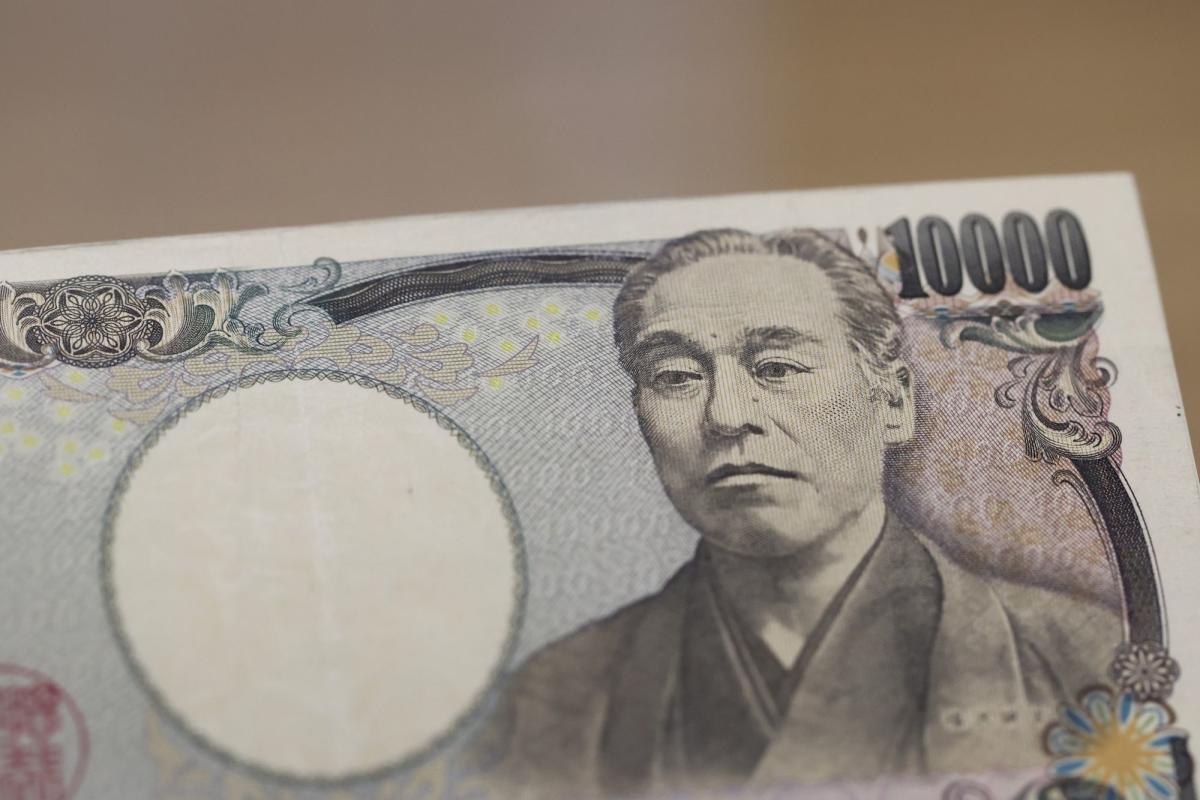Yen Surges as Kuroda’s Yield Cap Shock Heralds BOJ Normalization

(Bloomberg) — Bank of Japan Governor Haruhiko Kuroda shocked markets by doubling a cap on 10-year yields, sparking a jump in the yen and a slide in government bonds in a move that helps pave the way for possible policy normalization under a new governor.
Most Read from Bloomberg
The BOJ will now allow Japan’s 10-year bond yields to rise to around 0.5%, up from the previous limit of 0.25%, according to a policy statement Tuesday.
The central bank said the move would enhance the sustainability of its monetary easing, but many economists interpreted the move as laying the preliminary groundwork for exiting a decade of extraordinary stimulus policy.
The central bank kept its 10-year yield target unchanged at around zero percent and left its short-term interest rate at -0.1%. It also said it would significantly increase its bond purchases to 9 trillion yen ($67.5 billion) per month compared with the currently planned 7.3 trillion yen.
The yen strengthened to as much as 133.11 against the dollar, compared with 137.16 immediately before the announcement. The 10-year yield jumped to as high as 0.46% from 0.25% after the decision.
Japanese bank stocks surged in afternoon trading as investors expected improved earnings for financial institutions. Mitsubishi UFJ Financial Group Inc. rose as much as 9.6%, the most in six years, while Mizuho Financial Group also soared.
The ripple effects also spread far outside Japan, with US stock-index futures slumping and Treasury yields climbing.
Read more: Global Markets Jolted as BOJ Surprises With Yield Policy Change
The move blindsided all 47 economists surveyed by Bloomberg ahead of the decision. While most of them said the bank should do more to improve the functioning of the bond market, none had expected a tweak in December.
The surprise decision has the potential to send shockwaves through global financial markets as the BOJ’s steadfast commitment to defending its 10-year yield cap has served as an anchor indirectly helping keep borrowing costs low around the world.
“This is a total surprise. As the market focus has been on the joint accord with the government and people let their guards down, the BOJ pushed through this adjustment,” said Mari Iwashita, chief market economist at Daiwa Securities Co. “Its surprise impact will be strong for the yen and stocks.”
In the runup to the BOJ gathering, speculation had centered on the likely direction of policy after Kuroda steps down.
Prime Minister Fumio Kishida is planning on revising a decade-old accord with the BOJ and will consider adding flexibility to the agreement’s 2% price goal, local media reported over the weekend. The reports came after a key aide to Kishida told Bloomberg earlier this month that there is a possibility of reaching a new accord with the central bank.
The reports had kept investors and analysts looking at developments away from the yield band. The 2013 joint statement is seen as a fundamental component of Japan’s push to escape from deflation orchestrated by former Prime Minister Shinzo Abe and put into action by Kuroda, his handpicked BOJ chief.
In recent months, the governor had repeatedly stuck to a resolutely dovish stance by stressing the need for stimulus until stronger wage growth takes place, ruling out the possibility the BOJ will take action against the yen’s slump.
He had also characterized any widening of the movement band around the yield target as equivalent to a rate hike, a description that led most economists to believe such a move was still some time away. In that sense, the sudden move opens him up for renewed criticism over the credibility of his explanations.
Masamichi Adachi, chief Japan economist at UBS Securities and a former BOJ official, said he was surprised that Kuroda was willing to take another possible hit to his reputation and risk coming out as “the bad guy.”
“Whatever the BOJ calls this, it is a step toward an exit,” said Adachi. “This opens a door for a possible rate hike in 2023 under a new governorship.”
Even if Kuroda’s main intention was to extend the lifespan of the BOJ’s stimulus framework, economists largely agreed that the move presaged further change under a new leadership.
“I think the central bank is still getting closer to conducting a review. With the BOJ holding more than 50% of bonds it’s clear that it’s difficult to continue with the current policy,” said Harumi Taguchi, principal economist at S&P Global Market Intelligence. “It’s also time to take another look at the joint statement with the government.”
–With assistance from Yuko Takeo and Yoshiaki Nohara.
(Adds more comments from economists)
Most Read from Bloomberg Businessweek
©2022 Bloomberg L.P.
Share this news on your Fb,Twitter and Whatsapp
Times News Network:Latest News Headlines
Times News Network||Health||